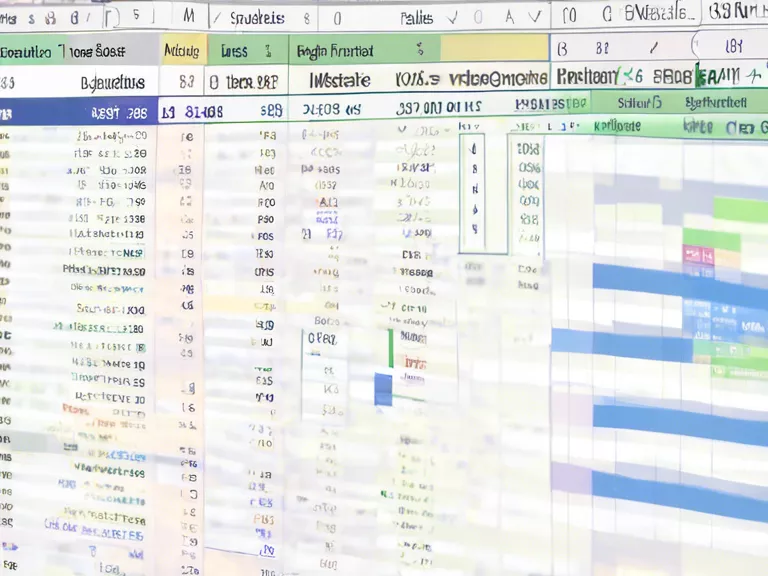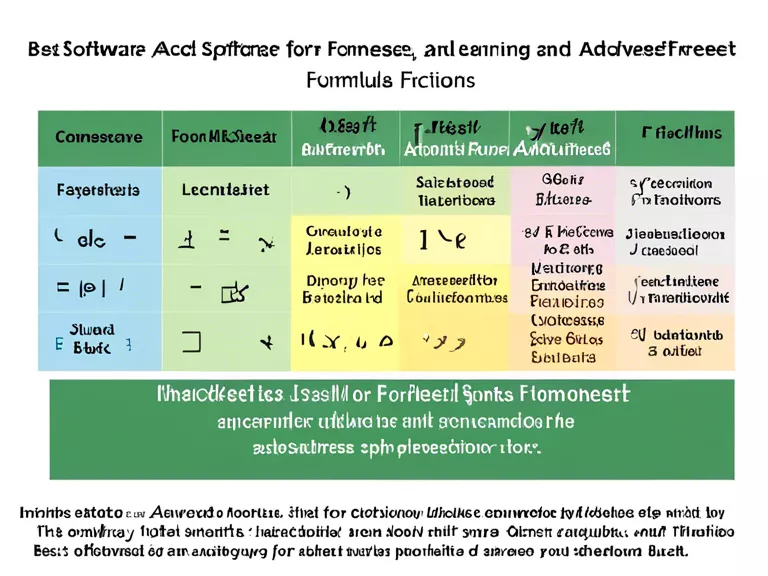
How to master spreadsheet functions like VLOOKUP and pivot tables
Spreadsheets are a powerful tool for organizing and analyzing data, and mastering functions like VLOOKUP and pivot tables can take your skills to the next level. Whether you're a beginner or an experienced user, understanding these functions can save you time and help you make better decisions based on your data. In this article, we will explore how to master VLOOKUP and pivot tables in Excel or Google Sheets.
VLOOKUP Function
VLOOKUP is a handy function that allows you to search for a value in a table and retrieve corresponding data from another column. This can be useful for tasks such as merging data from different sources or creating dynamic reports. To master VLOOKUP, follow these steps: 1. Understand the syntax: VLOOKUP(lookup_value, table_array, col_index_num, [range_lookup]) 2. Practice using VLOOKUP with sample data 3. Use absolute cell references for table_array to prevent errors when copying the formula
Pivot Tables
Pivot tables are another essential feature in spreadsheets for summarizing and analyzing large datasets. With pivot tables, you can easily create reports, perform calculations, and visualize trends in your data. To master pivot tables, consider these tips: 1. Select your data range and go to the "Insert" tab to create a pivot table 2. Drag and drop columns to summarize your data by categories 3. Use calculated fields or items for custom calculations 4. Refresh your pivot table when the underlying data changes
By mastering VLOOKUP and pivot tables, you can streamline your data analysis tasks and become more efficient in handling complex datasets. Practice these functions with different scenarios to enhance your skills and become a spreadsheet pro.



